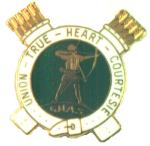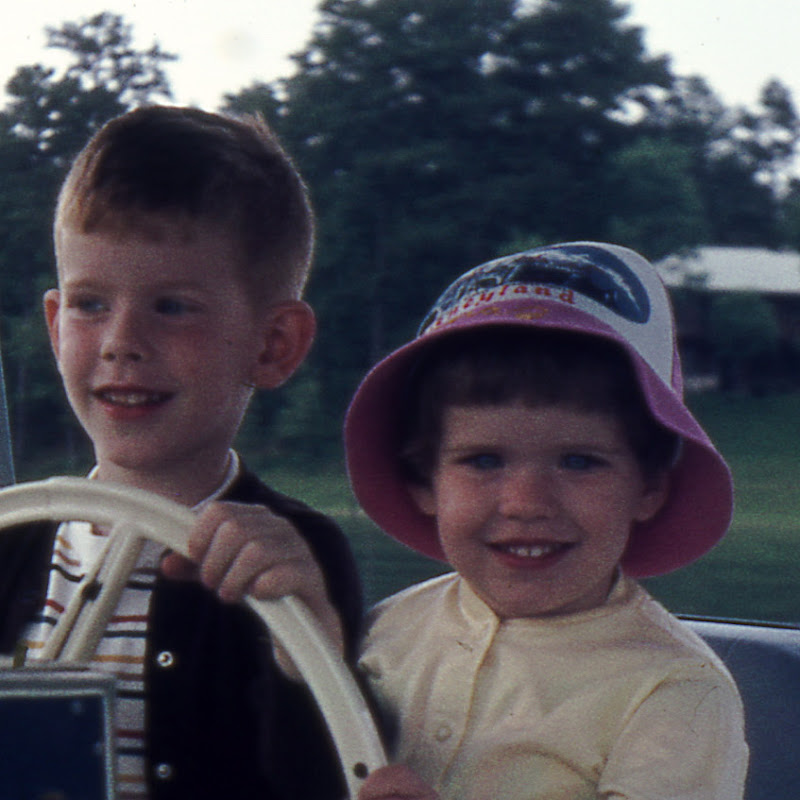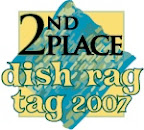And what they found was that parking places are not in short supply. What is scarce are spaces within a three-minute walk of any given classroom building. But anybody on a college campus with more than 10,000 students will tell you that students are not entitled to such spaces. "The real problem lies in the unrealistic belief and desire to park at the front door of every class," my students wrote in the executive summary of their findings.
The danger of the perceived problem of too little parking is that it leads to demand for unnecessary, expensive, and precipitous solutions. Remember that one student in my class whose major concern was convincing the administration to build a parking deck? By the time the group's research was done, there were no voices calling for a parking deck. Two factors led to this result. First, as mentioned above, parking spaces were plentiful, if not located on prime real estate. And second, the only prime real estate most people see where a parking deck could be located already has an occupant: the Jewel Moore Nature Reserve, a few acres containing trails, educational material, and the last remaining remnant of the prairieland that once covered this area.
My students became fervent defenders of the Nature Reserve. They discovered how many science students use it as a living laboratory. They found out how many campuses are trying to add green space, while we have a big chunk of it already in our backyard. And they learned that only the ongoing consent of the university administration shields the Reserve from development -- no contracts, no deeds, no official designation to protect it from the campus's insatiable need to grow.
A sense of history was vital to the students' new perspective on the parking "problem." The archive contained newspaper and yearbook stories from the past several decades, all complaining about parking. Students who are here for four years and then gone don't realize what my students learned -- that there used to be roads, traffic, and parking throughout the campus, and that following a nationwide trend starting in the 1990's and continuing until the present day, lots were moved to the perimeter and traffic rerouted around the campus. The result is a pedestrian-friendly campus where community members moving from building to building aren't competing with cars.
Even though we have the parking we need, we can still make the system of parking and transportation better at UCA, my students concluded. Shuttle routes have a checkered history of being added and yanked unceremoniously, and currently they serve only one-quarter of the academic area of campus. The university could do much more to encourage walking and biking, activities that contribute to a healthier student body. Carpooling could be incentivized with premium HOV spaces; higher fees could be charged for access to highly desirable spaces. Maps showing where particular categories of parking are located and what amenities are available to ameliorate the inconvenience of distance could be more user-friendly and available on the website. The campus could become a showpiece for sustainable and innovative transportation technologies and strategies.
Maybe you can tell from this short summary just how much work these 17 students did, and just how much truth they uncovered from the morass of rumor and opinion and uninformed desire that rules this topic. Now came the moment to decide what to do with all this information we excavated and all the knowledge we synthesized. And that's the next chapter of the story.





No comments:
Post a Comment